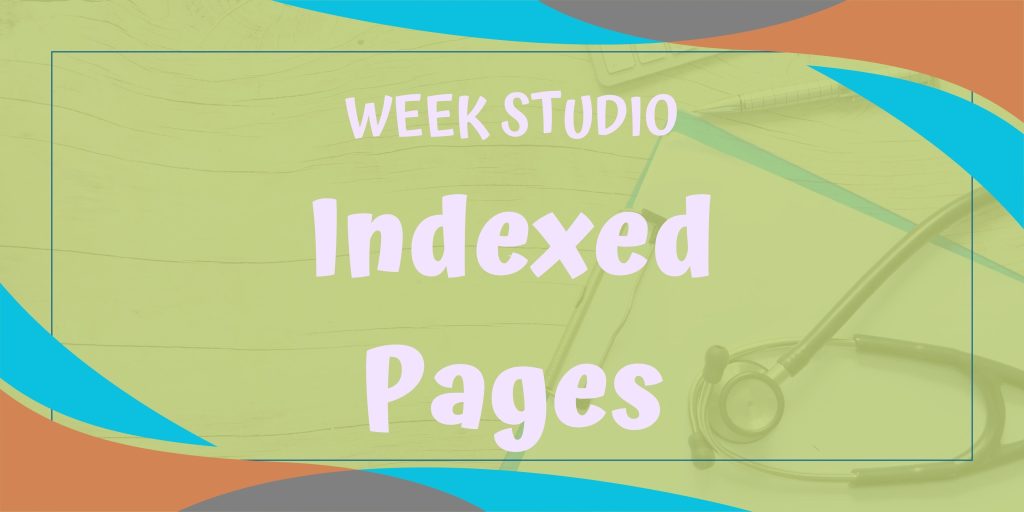In the dynamic realm of online presence, the term “indexed pages” holds a pivotal role in determining the visibility and accessibility of a website. As search engines continuously evolve, understanding how indexed pages contribute to a site’s prominence in search results becomes increasingly crucial for anyone navigating the digital landscape.
When we talk about indexed pages, we’re referring to the web pages that a search engine has crawled, analyzed, and subsequently added to its database. This process is akin to a virtual library cataloging every available book for quick reference. The more pages from your website that are indexed, the better the chances of your content being surfaced when users initiate relevant searches.
This article delves into the intricacies of indexed pages, shedding light on their significance in the grand scheme of search engine optimization (SEO). We’ll explore how search engines operate, the factors influencing indexation, and practical tips for improving your website’s visibility through effective indexation strategies. So, fasten your seatbelts as we embark on a journey to demystify the world of indexed pages and empower your online presence.
How Search Engines Work?
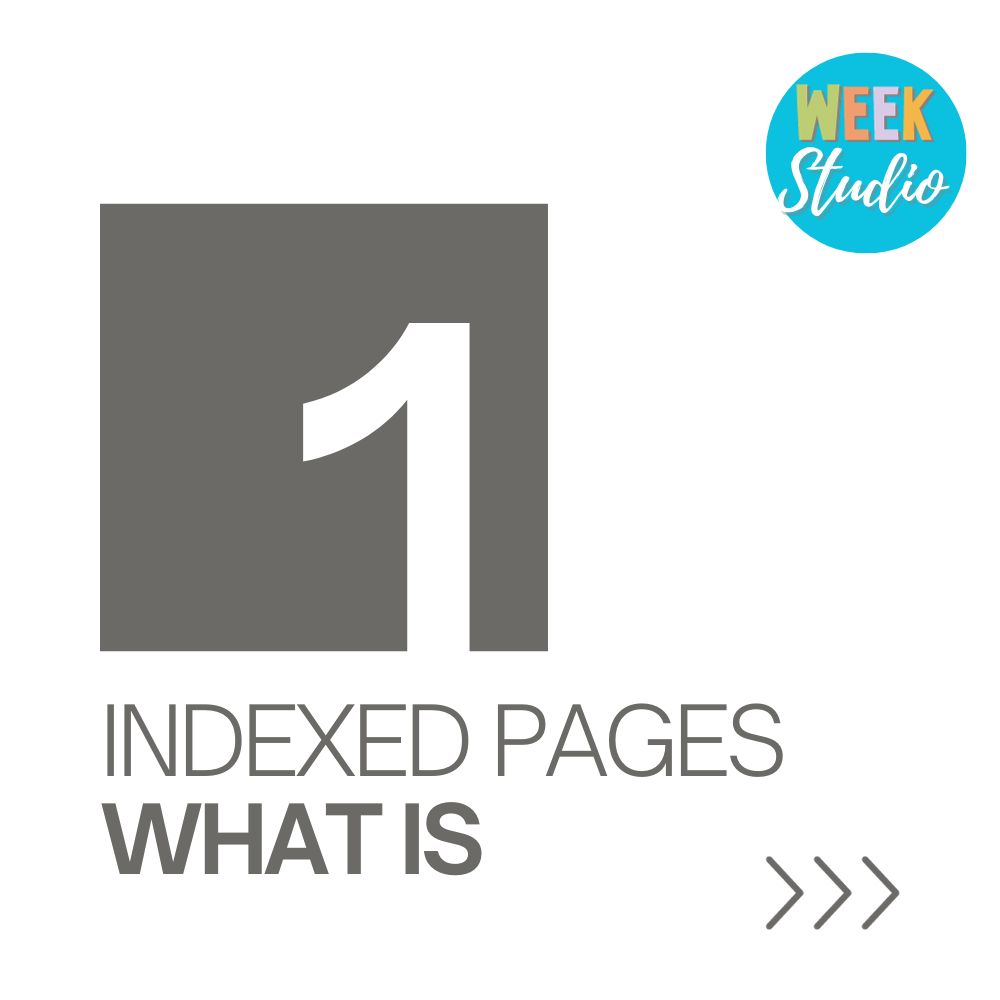
Understanding the functionality of search engines is fundamental to grasping the concept of indexed pages and their impact on your website’s visibility.
Overview of Search Engine Crawling and Indexing
Search engines operate through a two-step process: crawling and indexing. Crawling involves search engine bots, also known as spiders or crawlers, systematically exploring the web. They navigate from one page to another, following links and collecting information about each page’s content. Think of it as a digital spider weaving its intricate web across the internet.
Once crawled, the information is indexed—organized and stored in the search engine’s vast database. Indexing is akin to creating an exhaustive catalog, making it easier for the search engine to retrieve relevant results when a user initiates a search query.
Significance of Indexing for Search Results
Indexing directly influences the results users see when they perform a search. Pages that are indexed are eligible to appear in search results, enhancing the visibility of your website. This visibility, in turn, contributes to attracting organic traffic—users actively seeking information related to your content.
In essence, the more efficiently a search engine can crawl and index your pages, the better your chances of being prominently featured in search results, driving organic traffic to your website. In the next sections, we’ll explore the factors that influence the crawling and indexing process, demystifying the path to a well-indexed website.
Factors Affecting Indexing
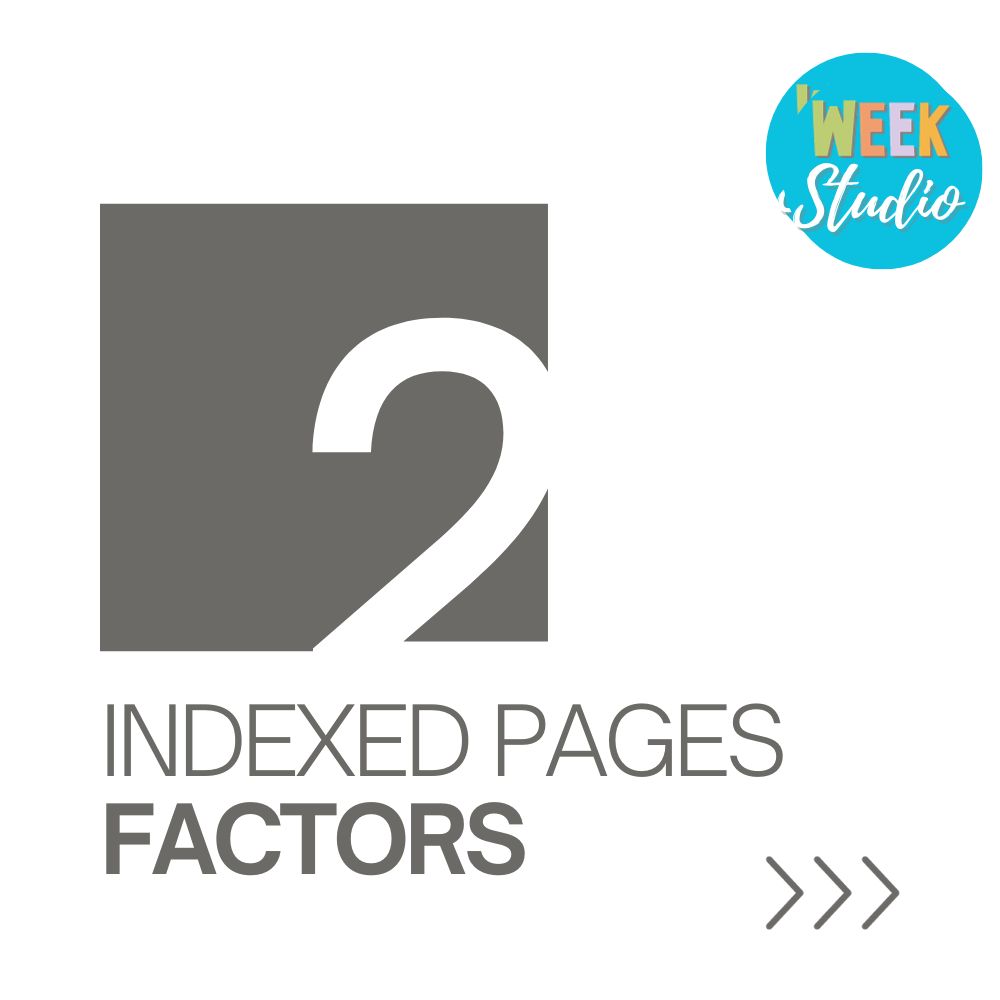
Achieving optimal indexation for your website involves navigating through various factors that influence how search engines perceive and categorize your content. Let’s delve into these critical aspects that can significantly impact the indexing process. The cornerstone of effective indexation lies in the quality of your content.Ensure your pages offer valuable insights, engage your audience, and are free from grammatical errors and plagiarism.
Website Structure and Navigation
A well-organized website structure and intuitive navigation play a crucial role in facilitating the crawling and indexing process. A clear hierarchy of pages, accompanied by strategic internal linking, ensures that search engine bots can easily navigate through your site, indexing pages efficiently.
XML Sitemaps and Robots.txt
- Understanding XML Sitemaps XML sitemaps act as a roadmap for search engine crawlers, providing a comprehensive list of URLs on your site. Including an XML sitemap ensures that search engines discover and index all relevant pages, enhancing the visibility of your content.
- The Role of Robots.txt The robots.txt file guides search engine bots on which pages to crawl and which to exclude. While it can be a powerful tool, improper configuration may inadvertently block important pages from being indexed. Carefully manage your robots.txt to avoid hindering the indexing of crucial content.
These factors collectively contribute to the efficiency of search engine indexing. In the upcoming sections, we’ll explore the pivotal role of indexation in SEO and provide actionable tips for optimizing it to boost your website’s search engine rankings.
Importance of Indexation for SEO

Now that we’ve covered the foundational aspects of how search engines work and the factors influencing indexing, let’s delve into why indexation is a linchpin for effective Search Engine Optimization (SEO).
Impact on Search Engine Rankings
The number of indexed pages on your website directly impacts your search engine rankings. Search engines use complex algorithms to determine the relevance and authority of a site based on the indexed content. The more pages they index, especially high-quality and relevant ones, the more likely your website is to rank well in search results.
Connection Between Indexed Pages and Organic Traffic
Indexed pages serve as entry points for users to discover your content through search engines. When a page is indexed, it becomes eligible to appear in search results for relevant queries. This visibility is a catalyst for organic traffic—users actively searching for information that aligns with your content.
In essence, a well-indexed website has a higher likelihood of attracting organic traffic, creating a virtuous cycle where increased visibility leads to more visitors, potentially converting into customers or engaged users.
As we navigate through the intricacies of indexation, the subsequent sections will provide practical tips on improving the indexation of your pages, ultimately enhancing your website’s SEO performance. Stay tuned for actionable insights that can elevate your website’s presence in the digital arena.
Tips for Improving Indexation
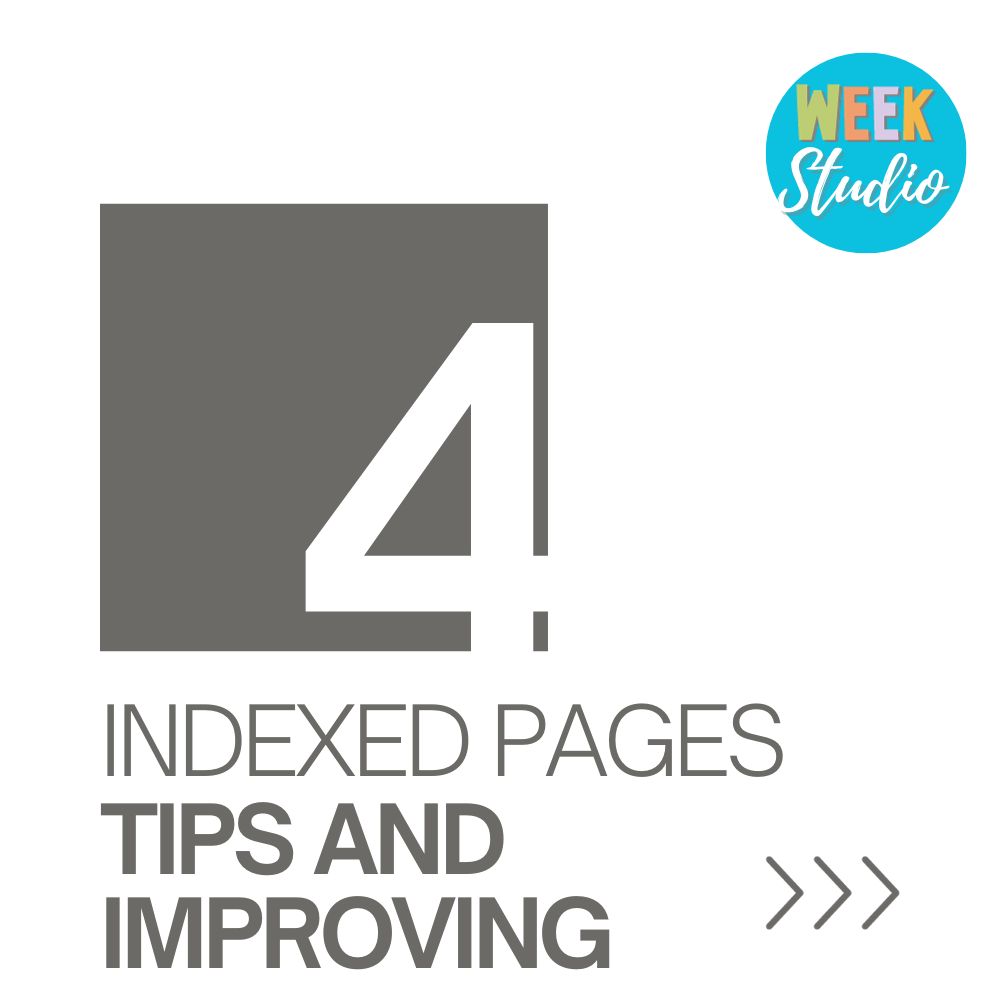
Now that we understand the significance of indexation for SEO, let’s explore actionable tips to enhance the indexation of your website and boost its visibility in search engine results.
Content Optimization
Quality content is the bedrock of effective indexation. Ensure your content is not only informative and relevant but also optimized for search engines. Incorporate target keywords naturally, use descriptive headings, and maintain a reader-friendly format. By doing so, you signal to search engines that your content is valuable and deserves to be indexed.
Regular Updates and Fresh Content
Search engines favor websites that are dynamic and regularly updated. Fresh content not only caters to evolving user interests but also signals to search engines that your site is actively maintained. Consider creating a content calendar to ensure a consistent flow of new material, keeping your website enticing to both users and search engine bots.
Mobile-Friendly Design
With the increasing use of mobile devices, search engines prioritize mobile-friendly websites. Ensure your site is responsive, offering a seamless experience across various devices. Mobile-friendly design not only improves user experience but also positively influences search engine rankings and indexation.
In the following sections, we’ll delve deeper into specific challenges related to indexation, such as dealing with duplicate content and the role of XML sitemaps and robots.txt files. Navigating these challenges is key to optimizing the indexation process and maximizing the visibility of your web pages in search results. Let’s dive into these strategies to ensure your website is not only indexed but indexed effectively.
Dealing with Duplicate Content
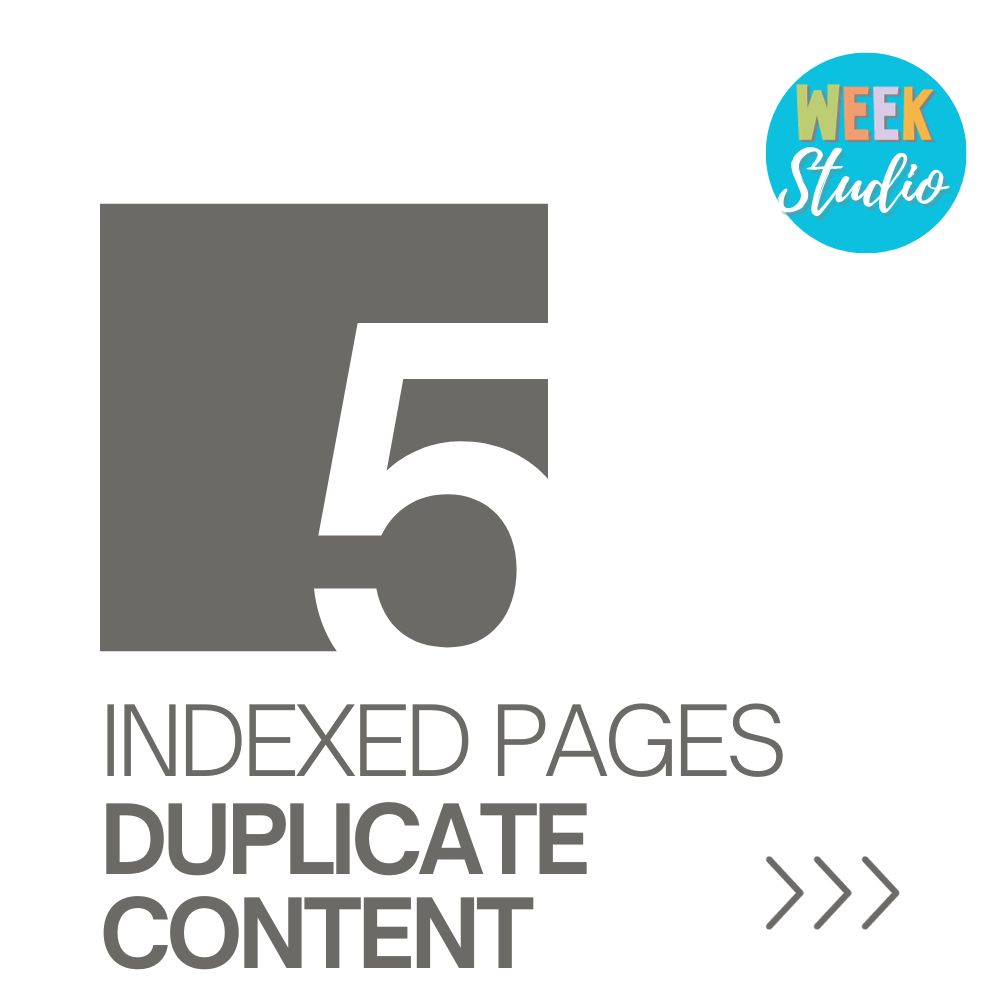
Duplicate content poses a unique challenge in the realm of indexation. Search engines aim to provide diverse and valuable results to users, making the handling of duplicate content a critical aspect of effective SEO. Let’s explore the risks associated with duplicate content and strategies to ensure your website is not hindered by this common issue.
Risks Associated with Duplicate Content
Search engines face a dilemma when encountering duplicate content—deciding which version to index and display in search results. This can lead to diluted visibility, with search engines potentially choosing a version of your content that may not be the most relevant or authoritative.
Moreover, the presence of duplicate content can trigger search engine algorithms that penalize websites for offering redundant information. This can result in lower search rankings and decreased visibility, undermining the efforts put into creating valuable content.
Strategies to Avoid Duplication and Enhance Indexation
- a. Canonicalization: Utilize canonical tags to inform search engines about the preferred version of a page when duplicate content exists. This helps consolidate indexing signals and directs search engines to the primary version of the content.
- b. 301 Redirects: Implementing 301 redirects for duplicate content ensures that users and search engines are directed to the canonical version of the page. This not only streamlines the user experience but also consolidates the indexing signals for that specific content.
- c. Unique Meta Tags: Ensure that each page has unique meta tags, including titles and descriptions. This helps search engines differentiate between similar content and improves the chances of each page being indexed accurately.
- d. Noindex, Follow: For pages with duplicate content that serves a secondary purpose, consider using the “noindex, follow” meta tag. This instructs search engines not to index the specific page while still allowing them to crawl and follow links on that page.
By implementing these strategies, you can mitigate the risks associated with duplicate content and optimize the indexation of your website, ensuring that search engines recognize and prioritize the most valuable and relevant versions of your content. In the upcoming sections, we’ll explore the roles of XML sitemaps and robots.txt files in further enhancing the efficiency of search engine indexation. Stay tuned for insights into these vital components of website visibility.
XML Sitemaps and Their Role

In the intricate dance between websites and search engines, XML sitemaps emerge as a choreographer, guiding search engine crawlers through the intricate steps of content discovery and indexation. Let’s explore what XML sitemaps are, their significance, and how they play a pivotal role in the indexing journey.
Understanding XML Sitemaps
An XML sitemap is essentially a roadmap that provides search engines with a detailed list of URLs on your website. Think of it as the itinerary for a grand voyage through the digital landscape of your web content. This document, written in XML (eXtensible Markup Language), serves as a comprehensive guide, allowing search engine bots to navigate and understand the structure of your site.
How XML Sitemaps Aid Search Engine Crawlers?
- Facilitating Efficient Crawling: XML sitemaps act as a centralized hub where search engines can quickly identify and access all the important pages of your website. This expedites the crawling process, ensuring that no valuable content is left undiscovered.
- Prioritizing Content: Within the XML sitemap, you can indicate the priority of each URL and the frequency of changes. This information guides search engines in prioritizing the indexing of certain pages over others, especially useful for regularly updated content.
- Indexation of Non-Linked Pages: Even pages that are not directly linked from your website’s main navigation can be included in the XML sitemap. This is particularly beneficial for pages nested deep within your site’s structure, ensuring they are still indexed.
Incorporating XML sitemaps into your SEO strategy is akin to providing a well-lit path for search engine crawlers in the vast darkness of the internet. It not only ensures that your content is discovered efficiently but also aids in prioritizing what should be indexed first.
As we unravel the layers of effective indexation, the next section will shed light on another crucial player in this dance—the robots.txt file. Understanding its purpose and potential pitfalls is vital for orchestrating a seamless indexation process. Join us as we explore the nuances of robots.txt and its role in influencing the visibility of your web pages.
The Role of Robots.txt

In the symphony of web crawling and indexation, the robots.txt file emerges as a conductor, directing search engine bots on which parts of your website to explore and which to skip. Let’s dive into the intricacies of the robots.txt file, understanding its purpose, and learning how to wield its power effectively.
Definition and Purpose of Robots.txt
Its primary purpose is to communicate with web crawlers, instructing them on which pages or sections of the site should not be crawled or indexed. Essentially, it acts as a set of guidelines for search engine bots, telling them where they are welcome and where they should tread lightly.
Common Mistakes to Avoid in Robots.txt Files
- Overly Restrictive Directives:
One common pitfall is implementing directives that overly restrict search engine bots. While it’s essential to control what parts of your site are crawled, too many restrictions can lead to unintended consequences, hindering the indexation of crucial content. - Disallowed URLs with Valuable Content:
Carefully review the URLs listed in your robots.txt file. Ensure that none of them contain pages with valuable content that you want search engines to index. It’s a delicate balance between restricting access and ensuring important content is accessible. - Incorrect Syntax:
The syntax of the robots.txt file is critical. A small error can result in directives being misinterpreted by search engine bots. Regularly audit your robots.txt file to catch any syntax issues that might impede effective communication with crawlers.
Understanding the nuances of robots.txt and avoiding these common mistakes is essential for maintaining a healthy balance between control over crawling and ensuring your valuable content is readily available in search results.
As we continue our exploration into the realm of effective indexation, the next section will focus on monitoring indexed pages. Equipping yourself with the right tools and insights is vital for gauging the success of your indexation efforts. Join us as we unravel the secrets of monitoring and analyzing indexed pages to ensure your website remains visible and accessible in the digital domain.
Monitoring Indexed Pages
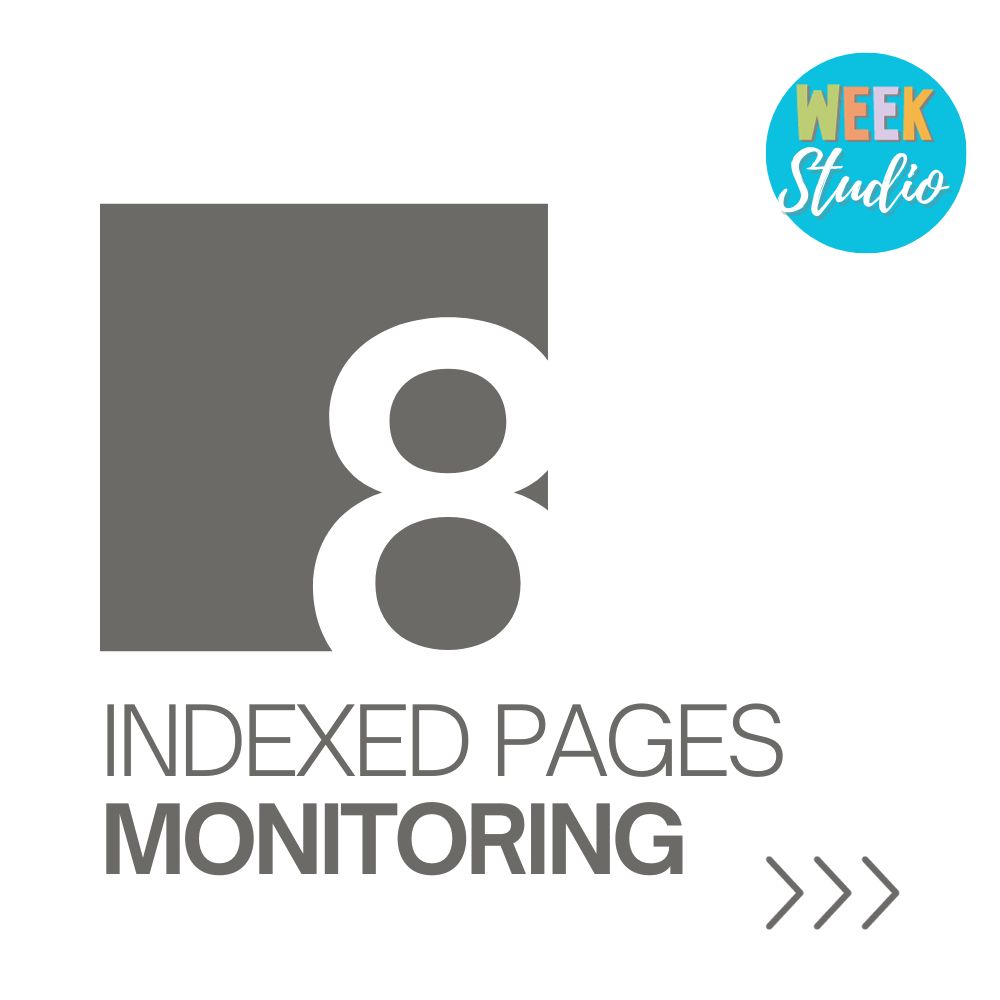
In the ever-evolving landscape of the internet, keeping a vigilant eye on how search engines index your pages is crucial for maintaining and enhancing your website’s visibility. Let’s delve into the tools and strategies for monitoring indexed pages, ensuring you stay on top of your website’s performance in the digital arena.
Tools for Checking Indexed Pages
- Google Search Console: Google Search Console is a powerhouse of insights into how Google views your website. Within the Index coverage report, you can find details on which pages are indexed, which are excluded, and any issues encountered during the crawling and indexing process.
- Bing Webmaster Tools: For those targeting Bing and Yahoo search engines, Bing Webmaster Tools provides similar functionality to Google Search Console. It offers valuable information about indexed pages, crawl errors, and suggestions for improvement.
- Site: Command in Search Engines: A quick and manual method involves using the “site:” command in search engines. Typing “site:yourdomain.com” in the search bar provides a list of indexed pages for that particular domain.
Analyzing Indexation Trends Over Time
- Regular Audits: Schedule regular audits of your indexed pages using the tools mentioned. This helps you identify any sudden drops or spikes in indexation, allowing for prompt investigation and resolution.
- Historical Data Analysis: Track the historical data of indexed pages to observe trends over time. Analyzing fluctuations can provide insights into the impact of content updates, algorithm changes, or technical issues on your website’s indexation.
By employing these monitoring tools and strategies, you gain a comprehensive understanding of how search engines perceive and index your content. This knowledge empowers you to address any challenges promptly and refine your indexation strategy for optimal performance.
As we navigate through the complexities of effective indexation, the upcoming sections will explore the challenges one might encounter in this journey. From crawling issues to technical obstacles, we’ll unravel the intricacies and provide strategies for overcoming these hurdles. Join us as we embark on a quest to ensure your website’s visibility remains steadfast in the digital realm.
Challenges in Indexation

While the journey of indexation is crucial for a website’s visibility, it’s not without its challenges. From technical hurdles to unforeseen obstacles, addressing these challenges is pivotal for maintaining a strong online presence. Let’s explore the common challenges in indexation and strategies to overcome them.
Crawling Issues
Slow Page Loading: Crawlers prefer speedy websites. If your pages load slowly, search engine bots may not crawl them efficiently, leading to incomplete indexation. Optimize your website’s speed by compressing images, utilizing browser caching, and minimizing unnecessary scripts.
JavaScript Rendering: Modern websites often use JavaScript to load content dynamically. However, some search engine bots may struggle to interpret JavaScript. Ensure critical content is accessible without relying solely on JavaScript for better indexation.
Technical Obstacles
Server Errors: Server errors, such as 5xx status codes, can hinder crawlers’ access to your site. Regularly monitor server logs and promptly address any server-related issues to maintain a smooth crawling and indexing process.
Broken Links: Broken links can impede the crawling journey, preventing bots from accessing certain pages. Regularly check and fix broken links to ensure a seamless crawl and comprehensive indexation.
Strategies for Overcoming Challenges
- a. Regular Technical Audits: Conduct regular technical audits of your website to identify and address any issues affecting crawlability. Tools like Google Search Console can provide insights into crawl errors and server-related problems.
- b. Optimize for Mobile: With the increasing prevalence of mobile users, optimizing your website for mobile devices is crucial. Ensure responsive design and mobile-friendly content to cater to a diverse user base and enhance indexation.
- c. Utilize Fetch as Google: Google Search Console offers a “Fetch as Google” tool that allows you to simulate how Googlebot crawls a specific page. Use this tool to identify potential crawling issues and ensure that critical content is accessible.
By addressing these challenges head-on, you pave the way for smoother crawlability and more effective indexation. In the following sections, we’ll explore the future trends in indexation, considering the impact of emerging technologies and shifts in user behavior. Join us as we peek into the future of website visibility in the digital landscape.
Future Trends in Indexation

As we navigate the ever-evolving digital landscape, anticipating future trends in indexation is key to staying ahead in the game of online visibility. Let’s explore how emerging technologies and shifts in user behavior are shaping the future of website indexation.
Voice Search and Its Impact on Indexation
As users interact with devices using natural language, search engines adapt to accommodate these conversational queries. Optimizing your content for voice search includes focusing on long-tail keywords, providing concise and informative answers, and ensuring your website is structured for easy navigation.
Emerging Technologies Influencing Indexation
Artificial Intelligence (AI) is revolutionizing how search engines understand and interpret content. Natural Language Processing (NLP) allows search engines to comprehend context and user intent, influencing how pages are indexed based on semantic relevance rather than just keywords.
Mobile-First Indexing With the majority of internet users accessing content on mobile devices, search engines prioritize mobile-first indexing. Ensure your website is not only responsive but offers a seamless experience on mobile, as this directly impacts how search engines index and rank your pages.
Video and Visual Search The popularity of video content and visual search is on the rise. Search engines are becoming adept at understanding visual elements, influencing how they index and present multimedia content. Incorporating descriptive alt text, optimizing video metadata, and providing visually engaging content can enhance indexation in this context.
As we step into the future, adapting to these trends becomes integral to maintaining a strong online presence. Stay agile, embrace emerging technologies, and continue optimizing your website for evolving user behaviors. The digital realm is dynamic, and those who navigate its currents with foresight will find themselves at the forefront of online visibility.
In the concluding sections, we’ll recap the key points discussed throughout this journey into the world of indexed pages. Join us for a brief recapitulation of the crucial elements that contribute to effective indexation, followed by a call to action for implementing proactive strategies.
Conclusion
In the ever-expanding digital landscape, the journey of indexation serves as the compass guiding your website through the vast realms of online visibility. We’ve embarked on a comprehensive exploration, uncovering the intricacies of how search engines work, understanding the factors influencing indexation, and delving into the importance of this process for effective SEO.
From the foundational role of quality content to the technical intricacies of XML sitemaps and robots.txt files, we’ve navigated through the nuances of ensuring that your website’s pages are not just online but prominently featured in search engine results. Tips for improving indexation, strategies for dealing with duplicate content, and monitoring indexed pages have all been part of our expedition.
Challenges such as crawling issues and technical obstacles were met head-on, with strategies outlined to overcome these hurdles. Looking to the future, we explored the impact of emerging technologies, including voice search, AI, and mobile-first indexing, on the landscape of indexation.
As we conclude this journey, the message is clear: adaptability is key. The digital realm is ever-changing, and a proactive approach to indexation is vital for staying visible and relevant. Whether it’s optimizing for voice search, embracing AI, or ensuring mobile-friendly experiences, the future belongs to those who anticipate and adapt.
In the spirit of continuous improvement, remember to regularly audit and optimize your website. Keep pace with evolving SEO trends, leverage new technologies, and refine your content strategy. By doing so, you not only ensure effective indexation but also position your website as a beacon in the dynamic sea of online content.
Thank you for joining us on this exploration of indexed pages. May your website continue to shine brightly in the ever-evolving digital cosmos. If you have any further questions or are ready to take the next steps in optimizing your website’s visibility, feel free to reach out. Happy navigating!
FAQs – Unraveling the Mysteries of Indexed Pages
- Q: What are indexed pages, and why are they important for a website? A: Indexed pages refer to the web pages that search engines have crawled, analyzed, and added to their database. They are crucial for website visibility as they determine how a site appears in search results. The more pages indexed, the higher the chances of attracting organic traffic.
- Q: How can I check the number of indexed pages on my website? A: Use tools like Google Search Console or Bing Webmaster Tools to check indexed pages. Alternatively, you can use the “site:” command in search engines by typing “site:yourdomain.com” to see a list of indexed pages.
- Q: What role do XML sitemaps play in indexation? A: XML sitemaps act as a roadmap for search engine crawlers, providing a comprehensive list of URLs on your site. They facilitate efficient crawling, prioritize content, and ensure indexation of non-linked pages.
- Q: How does duplicate content affect indexation, and how can it be addressed? A: Duplicate content can lead to diluted visibility and potential penalties from search engines. Use strategies like canonicalization, 301 redirects, unique meta tags, and “noindex, follow” tags to address and mitigate the impact of duplicate content.
- Q: What are some common challenges in indexation, and how can they be overcome? A: Common challenges include slow page loading, JavaScript rendering issues, server errors, and broken links. Overcome these challenges through regular technical audits, optimizing for mobile, and utilizing tools like “Fetch as Google.”
Feel free to reach out if you have more questions or need assistance in navigating the complexities of indexed pages and website visibility. Happy optimizing!
